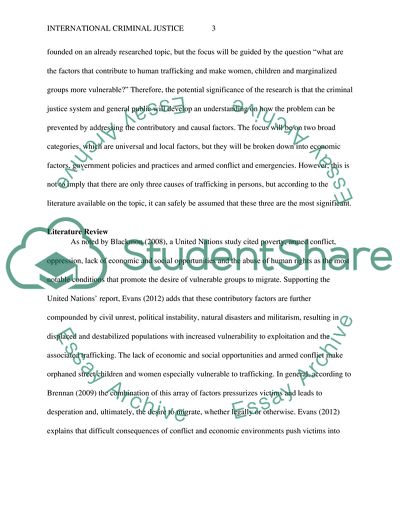Cite this document
(Trafficking Criminal Justice Research Proposal Example | Topics and Well Written Essays - 3750 words, n.d.)
Trafficking Criminal Justice Research Proposal Example | Topics and Well Written Essays - 3750 words. https://studentshare.org/law/1859750-foundations-of-scholarship-in-international-criminal-justice
Trafficking Criminal Justice Research Proposal Example | Topics and Well Written Essays - 3750 words. https://studentshare.org/law/1859750-foundations-of-scholarship-in-international-criminal-justice
(Trafficking Criminal Justice Research Proposal Example | Topics and Well Written Essays - 3750 Words)
Trafficking Criminal Justice Research Proposal Example | Topics and Well Written Essays - 3750 Words. https://studentshare.org/law/1859750-foundations-of-scholarship-in-international-criminal-justice.
Trafficking Criminal Justice Research Proposal Example | Topics and Well Written Essays - 3750 Words. https://studentshare.org/law/1859750-foundations-of-scholarship-in-international-criminal-justice.
“Trafficking Criminal Justice Research Proposal Example | Topics and Well Written Essays - 3750 Words”. https://studentshare.org/law/1859750-foundations-of-scholarship-in-international-criminal-justice.


